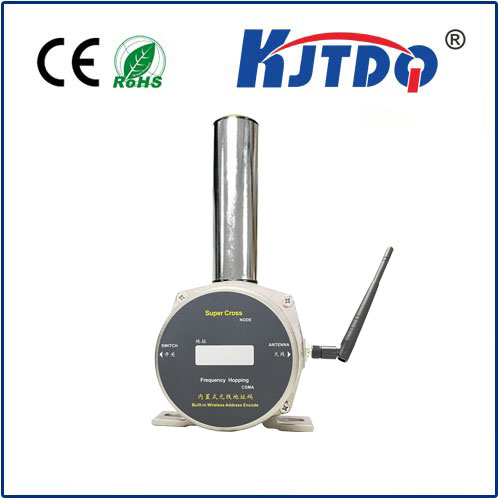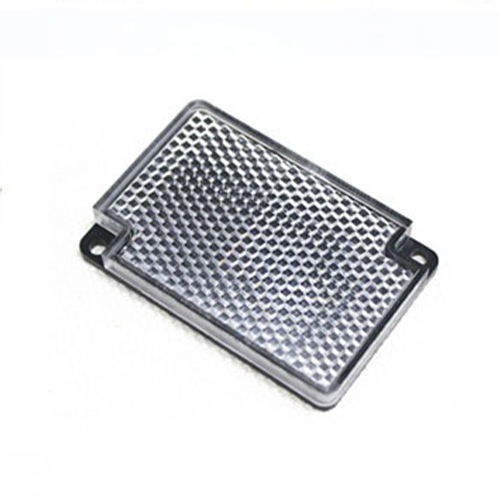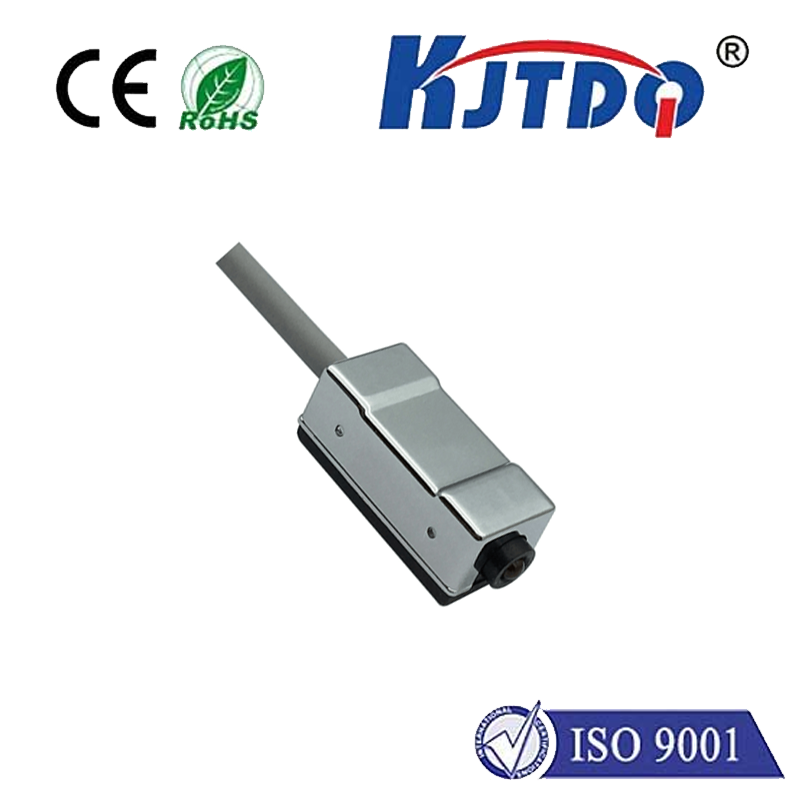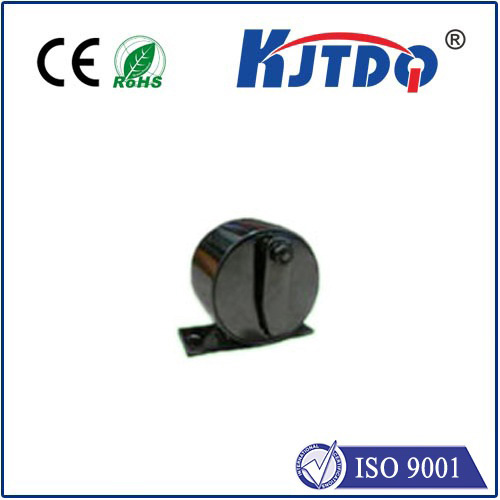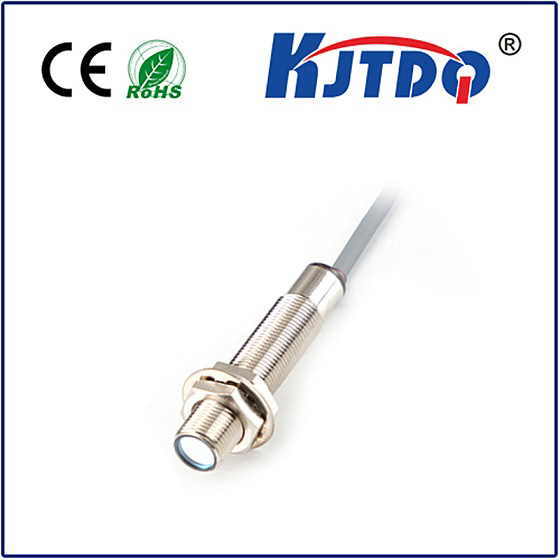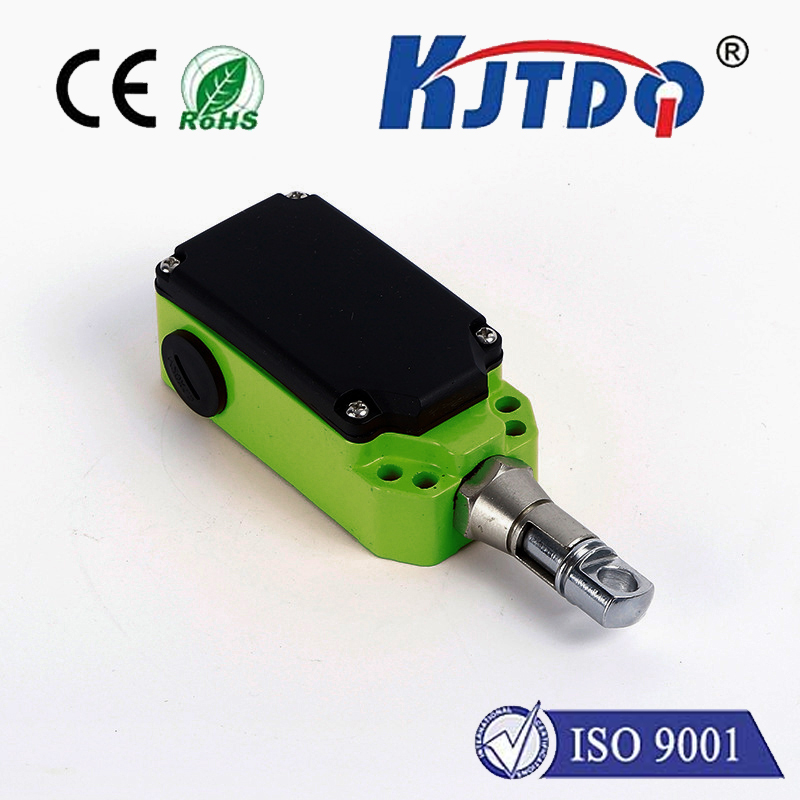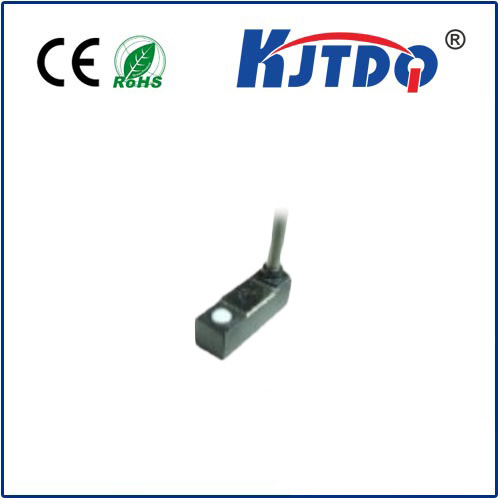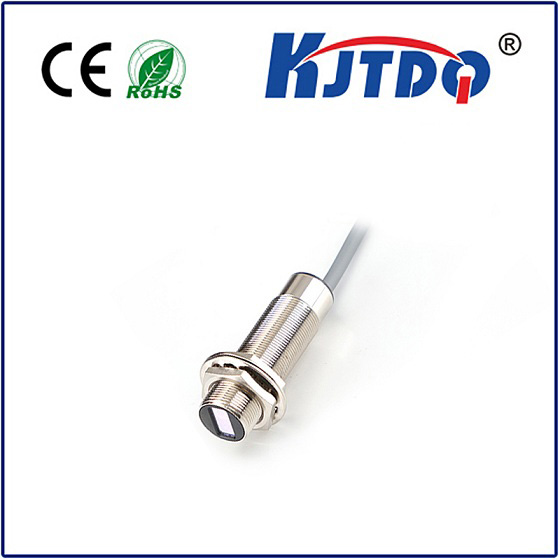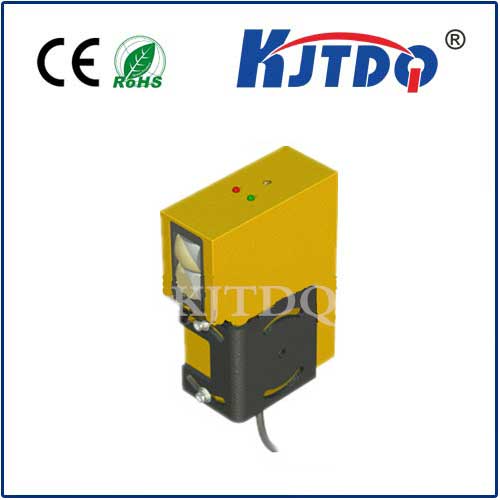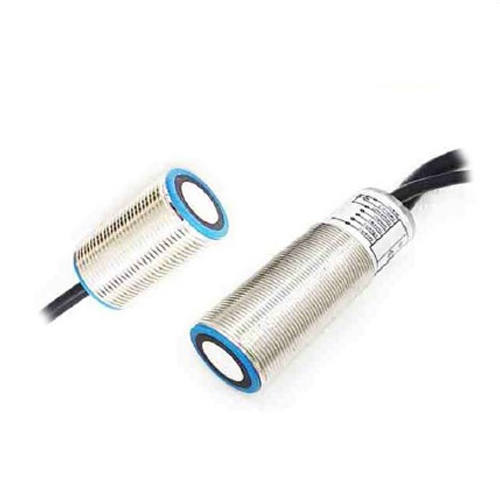

check

check

check

check

check

check

check

check

check

check
In the realm of liquid level measurement, accuracy and reliability are paramount. One innovative solution that has been making waves in this domain is the laser liquid level sensor. This advanced technology combines the precision of lasers with the sensitivity of sensors to provide unparalleled accuracy in measuring liquid levels. In this article, we will delve into the working principles, advantages, and applications of laser liquid level sensors.
Laser liquid level sensors operate based on the principle of time-of-flight (ToF). A laser beam is emitted from the sensor and directed towards the surface of the liquid. The laser light reflects off the liquid surface and is detected by the sensor. By measuring the time it takes for the laser light to travel to the liquid surface and back, the sensor can calculate the distance between itself and the liquid surface. This distance is then used to determine the liquid level. The main components of a laser liquid level sensor include a laser diode, a photodiode detector, and a microprocessor. The laser diode generates the laser beam, which is focused onto the liquid surface using lenses or mirrors. The photodiode detector detects the reflected laser light and converts it into an electrical signal. The microprocessor processes this signal to calculate the liquid level and communicates the result to a display or control system.
High Accuracy: Laser liquid level sensors offer high accuracy in measuring liquid levels, typically within ±1 mm. This makes them ideal for applications where precise measurements are critical, such as in chemical processing plants, food and beverage industries, and pharmaceutical manufacturing.
Non-Contact Measurement: Unlike traditional methods like mechanical float-operated gauges or capacitance probes, laser liquid level sensors do not come into physical contact with the liquid being measured. This eliminates the risk of contamination or damage to sensitive equipment and reduces maintenance requirements.

Wide Measurement Range: Laser liquid level sensors can measure liquid levels over a wide range, from a few centimeters to several meters. This versatility allows them to be used in various applications, including tank monitoring, wastewater treatment, and oil and gas exploration.
Real-Time Data: Laser liquid level sensors provide real-time data, enabling immediate detection of changes in liquid levels. This is particularly important in situations where rapid response to variations in liquid levels is necessary, such as in process control systems or emergency situations.
Easy Installation and Maintenance: Laser liquid level sensors are easy to install and require minimal maintenance. They can be mounted on various surfaces, such as walls, ceilings, or tanks, and do not require regular calibration or cleaning.
Chemical Processing Plants: In chemical processing plants, accurate measurement of liquid levels is crucial for maintaining product quality and safety. Laser liquid level sensors provide high-precision measurements that help optimize chemical reactions and prevent overflows or spills.
Food and Beverage Industries: In the food and beverage industries, laser liquid level sensors are used to measure the fill levels of bottles, cans, and other containers. This ensures consistent product volumes and helps prevent wastage due to underfilling or overfilling.
Pharmaceutical Manufacturing: In pharmaceutical manufacturing, precise measurement of liquid levels is essential for ensuring drug efficacy and patient safety. Laser liquid level sensors meet these stringent requirements by providing accurate and reliable measurements.
Oil and Gas Exploration: In oil and gas exploration, laser liquid level sensors are used to monitor the oil and gas levels in storage tanks and pipelines. This helps optimize production operations and prevent environmental contamination.
Wastewater Treatment: In wastewater treatment facilities, laser liquid level sensors are used to measure the water levels in clarifiers, aerators, and other treatment units. This information is used to control the treatment process and ensure compliance with regulatory standards. In conclusion, laser liquid level sensors offer a highly accurate, non-contact method for measuring liquid levels in various industrial applications. Their numerous advantages, such as wide measurement range, real-time data, and easy installation and maintenance, make them an attractive choice for professionals seeking reliable and efficient solutions for liquid level measurement. As technology continues to advance, we can expect further innovations in laser liquid level sensors that will expand their applicability and enhance their performance even more.
